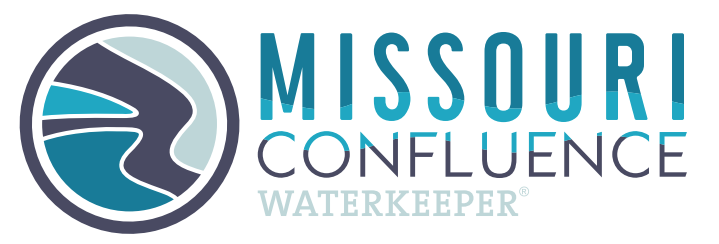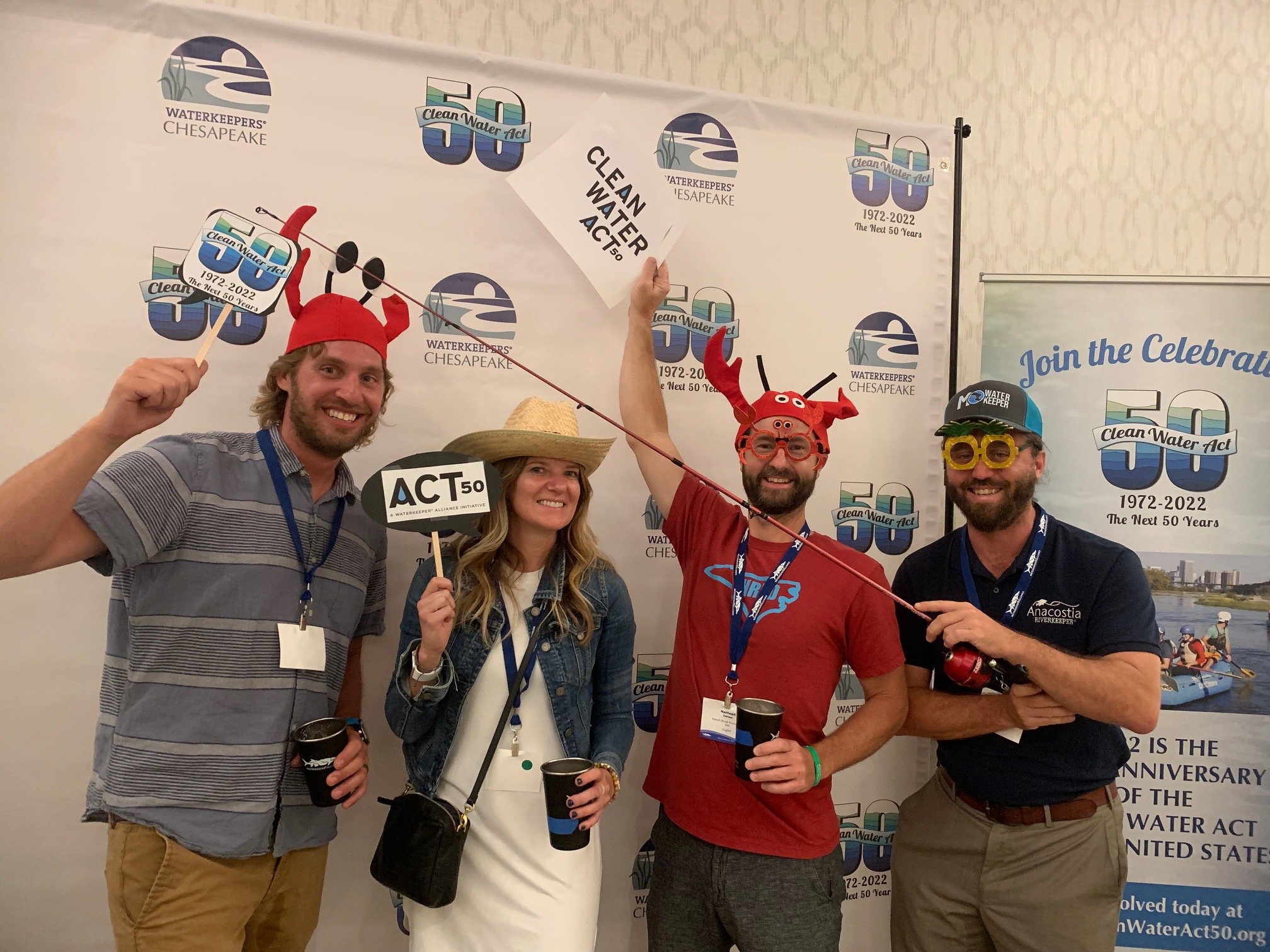October 18th is a big day in the water world. It’s the date that what we now call the Clean Water Act became law in 1972, 50 years ago. The Clean Water Act represented a major overhaul of water policy in this country – a country where rivers caught on fire, where junk cars were buried in riverbanks, and where most states had no dedicated environmental agencies. Less than half of the country was served by sewage treatment plants and Americans couldn’t assume that their local stream or creek was safe to swim in. The Clean Water Act transformed this by encouraging states to establish agencies to work with the Federal government to achieve the Act’s goals: fishable, swimmable water in every lake, river and stream by 1985 (more on that later).
Given the state of America’s rivers in the 1960s and 70s, an extraordinary effort was required to clean them up. The Clean Water Act was an extraordinary law. It established comprehensive programs to control pollution from industrial sources; it created a comprehensive program that protects wetlands; and it gave citizens and grassroots organizations like Waterkeepers a powerful tool to make sure states followed the law and polluters were held accountable: the citizen suit provision. The Act also included funding to execute these programs at state and local levels.
Still more work to do…
But the Act alone hasn’t solved all our water pollution problems. We didn’t meet the deadline of 1985 to achieve fishable, swimmable water in every lake, river, and stream. Part of this is because the Act focused primarily on point sources of pollution, discrete sources that can be identified, like a sewer pipe or a factory. Other non-point sources, like runoff from city streets or abandoned mine lands, are also major contributors to water quality problems.
Additionally, some states have dragged their feet when it comes to implementing certain sections of the act. Changes to the Act have made it harder for municipalities to get funding from the Federal government to upgrade their water treatment systems. Big money developers, mining companies, and agribusiness giants have continually mounted attacks on the Act in court. Putting a stop to these attacks and reinvigorating the Clean Water Act for the next 50 years is vital.
Steps we can take
Missouri Confluence Waterkeeper , Waterkeeper Alliance, and the Waterkeeper movement as a whole are dedicated to the same goal as the Clean Water Act: swimmable, fishable, drinkable water for all. Waterkeeper has identified four key priorities that can help achieve this as part of the Act 50 Initiative.
First, Waterkeepers across the country are calling on the EPA to restore a broad regulatory definition of “Waters of the United States” that will protect critical rivers, streams, and wetlands across the country.
Second, we’re calling on the agency to reexamine its rules on concentrated animal feeding operations, or CAFOs. These enormous industrial facilities, often located in rural communities, can create more waste than large cities. CAFOs are regulated under the Clean Water Act, but polluters often get a free pass, resulting in more than 7.3 million gallons of hog waste spills from a single company in Missouri alone.
We’re also calling on the agency to step up when it comes to addressing non-point sources. While the portions of the Clean Water Act focused on point sources are stronger than those addressing non-point sources, EPA still has tools it can use to fix serious non-point pollution problems. EPA Region 1 recently used its “residual designation authority” to better control urban non-point pollution in Boston, Massachusetts. By continuing to find innovative ways to use existing law to address non-point pollution, EPA can make a real difference in water quality.
Finally, we’re calling on both the EPA and Congress to take steps to address PFAS pollution in our waterways. PFAS are a widely-used class of toxic chemicals that have been linked to cancer, high blood pressure, and increased cholesterol levels, among other negative health impacts. They are highly persistent, and nearly impossible to break down, giving them the nickname ”forever chemicals.” As a result, they’ve found their way into virtually every corner of our environment, including drinking water sources.
Because the public has only recently become aware of the dangers of these chemicals, adequate drinking and surface water regulations aren’t yet in place. We’re advocating for EPA to update their regulations and encouraging Congress to pass legislation directing EPA to do so.
As your Waterkeeper, we’ve been in touch with federal elected officials, and engaged with state and local governments on all of these issues, but you can step up and make a difference too. More information about the actions you can take are available on Waterkeeper Alliance’s website.
On this 50th anniversary of the Clean Water Act, as you are drinking the doctor recommended eight glasses of water, or your morning mug of coffee (98.75% water), or celebrating with your favorite pint of beer (90% water), we invite you to reflect on the multitude of ways our lives are touched by water and ask you to join the fight to protect it for future generations.







